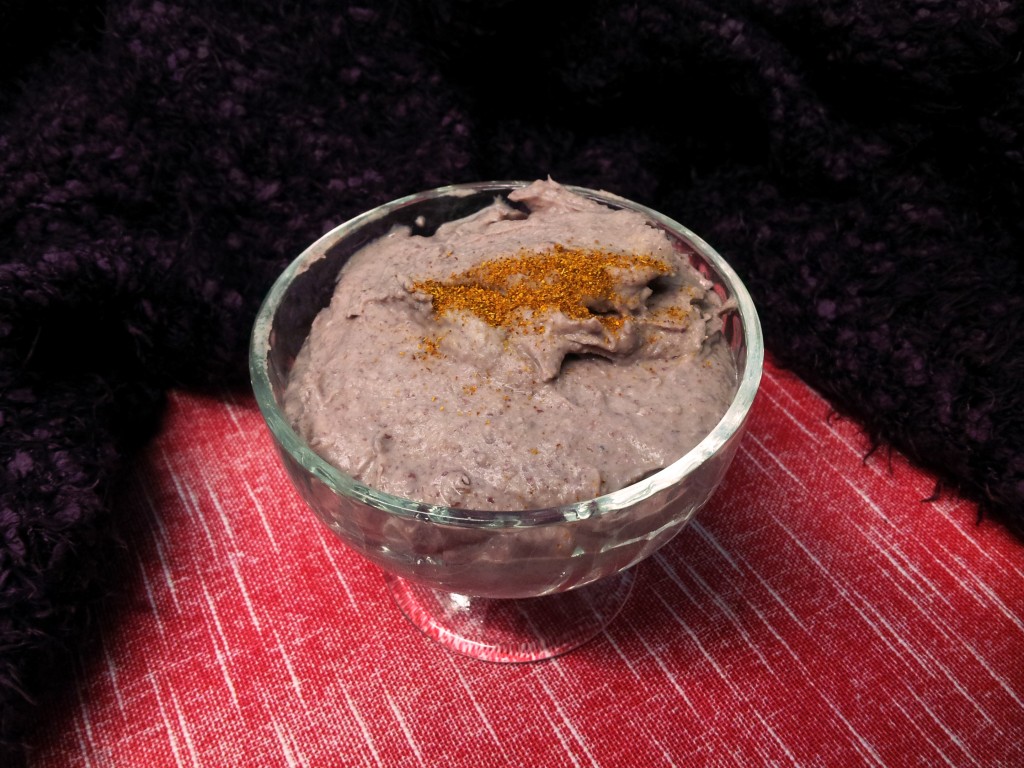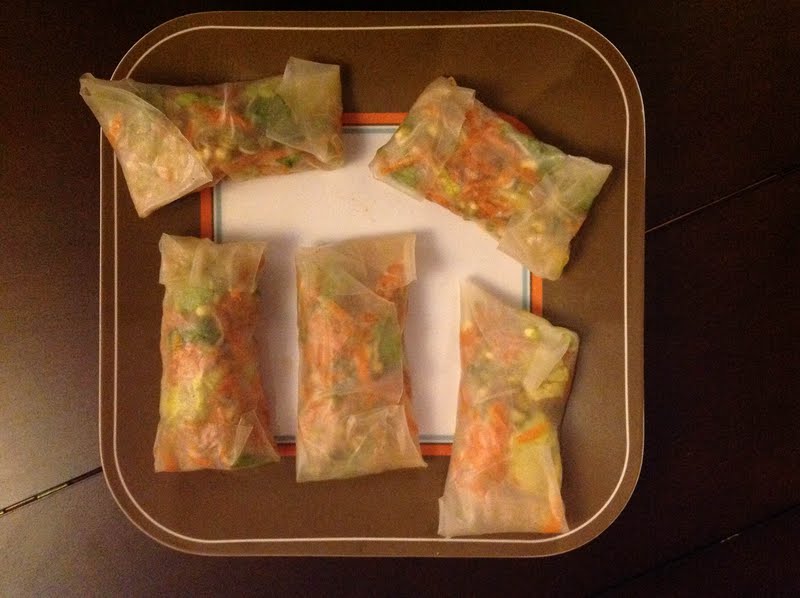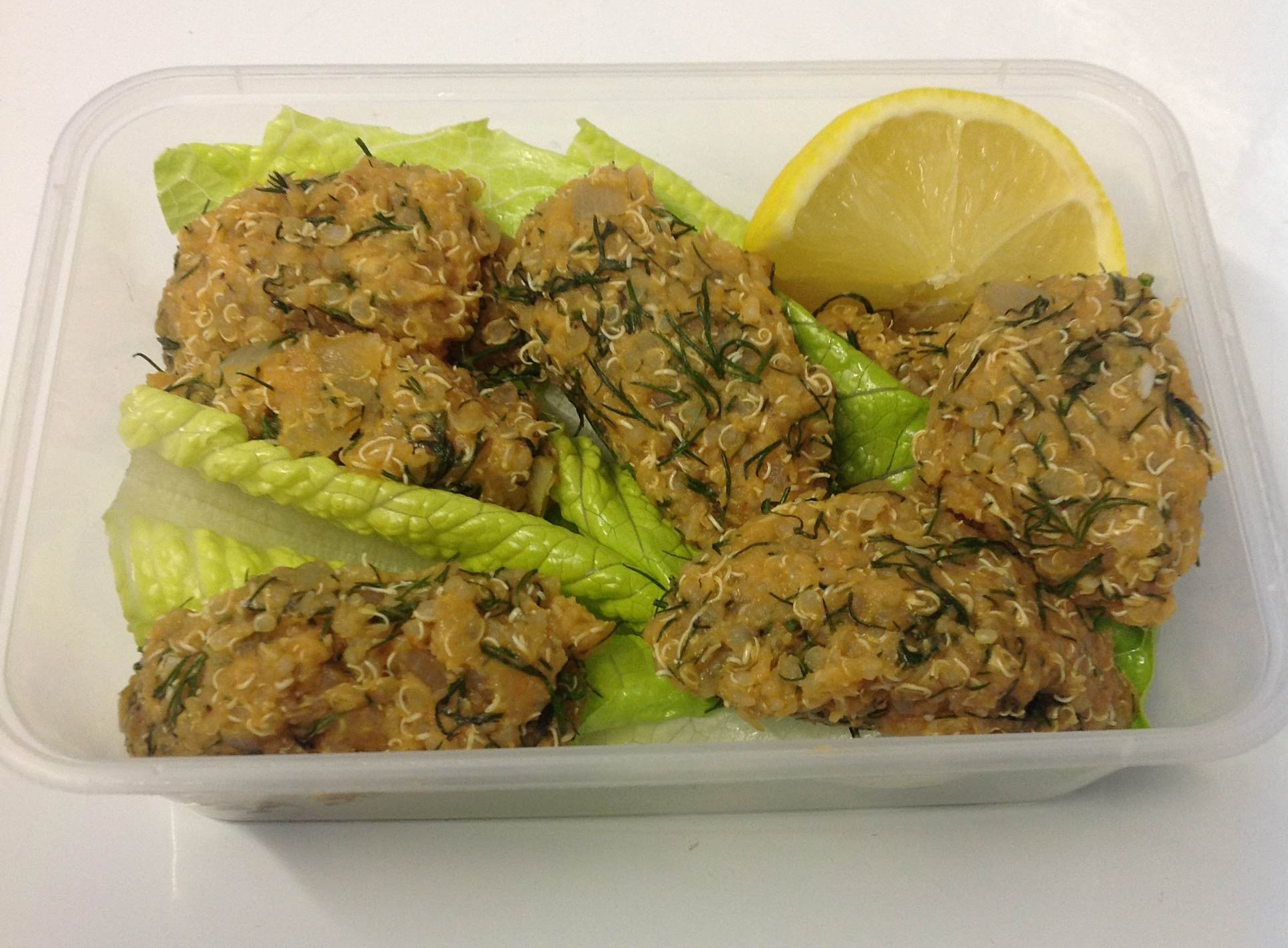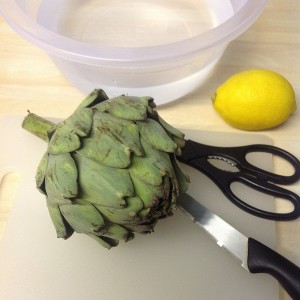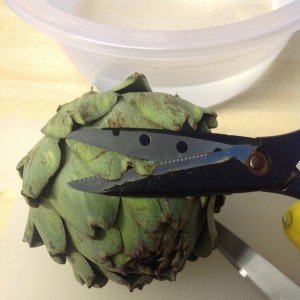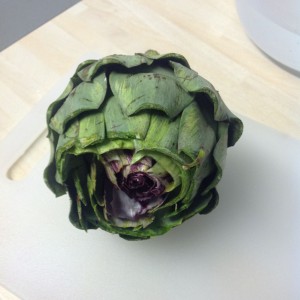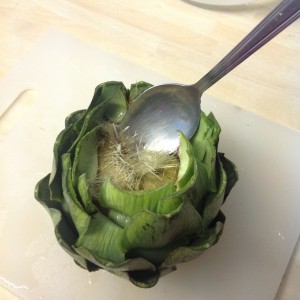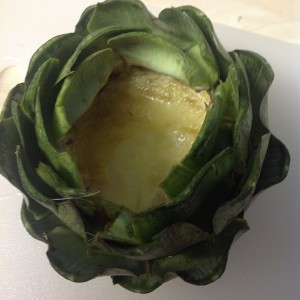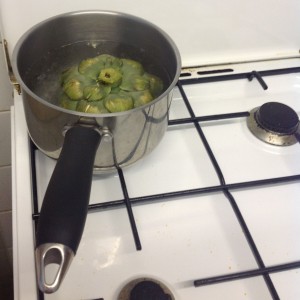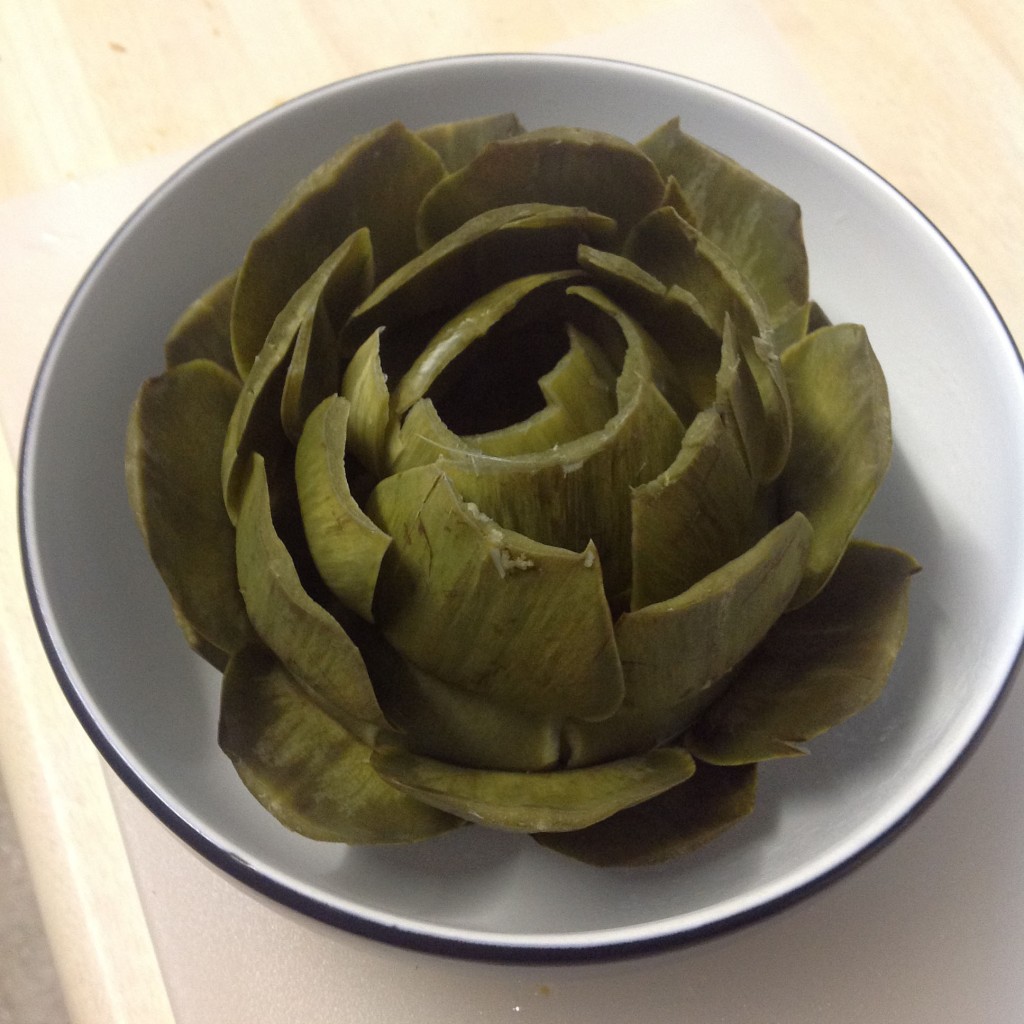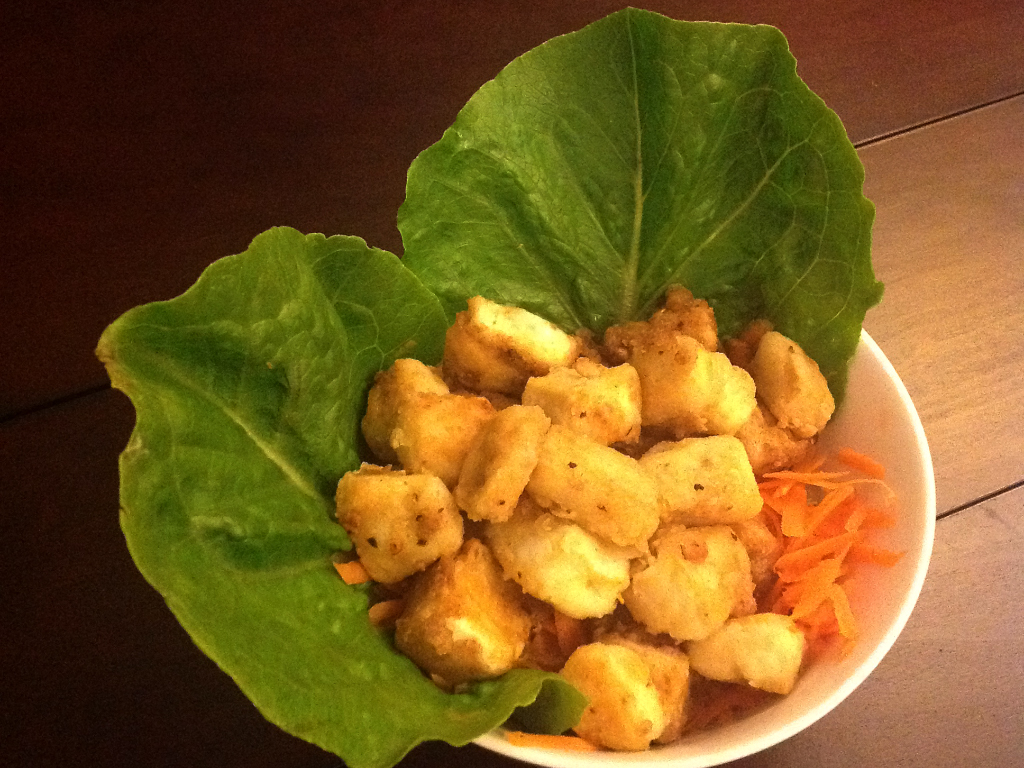Recently, in a attempt to eat healthier but also to economise, I unearthed my copies of vegetarian cook books from the 1980’s, a time when all may have been flash fast food and ready meals for the rest of the nation, but for vegetarians it was still very much D.I.Y.
I have a distinct feeling that I was a lot more healthy and, to a point, have eaten more healthily, the less money I’ve had available. Only to a point, mind. The months where I was living mainly off boiled barley and lentil soup mix (plain) and, a year or so before that, from flatmates’ donated leftovers, I don’t think I was getting much of a good balance food-wise. But how different things are here and now where the cheap, processed food is everywhere.
My favourite veggie cook book ever has to be ‘The Vegetarian Cook Book 2’ by David Eno. So old that there isn’t even an image of it on the Amazon listing (but you can pick up a used copy for 1p) and it’s DIY just about everything heaven for veggies. Maybe I can learn something from the time of relative austerity, of health food shops with barrels of lentils and oats rather than shelves of food supplements and of eating in most nights because it’s only Pizza Hut that has any veggie options.
Buy the book (c’mon, I just said a used copy is 1p) and turn to page 31 and there’s a recipe for Hummus. I’ve made it – it’s nice, it looks and tastes like hummus. The variation below is something I thought I’d invented, until I looked online and discovered other people have had the same idea.
- 200g red kidney beans, cooked or from a can or carton
- Little shake of salt
- 2 small cloves of garlic or 1 large clove, chopped or crushed
- 1 tsp olive oil
- 1 tsp tahini
- Cayenne pepper to taste
- Blend
(that’s definitely the shortest set of recipe instructions I’ve ever written)
